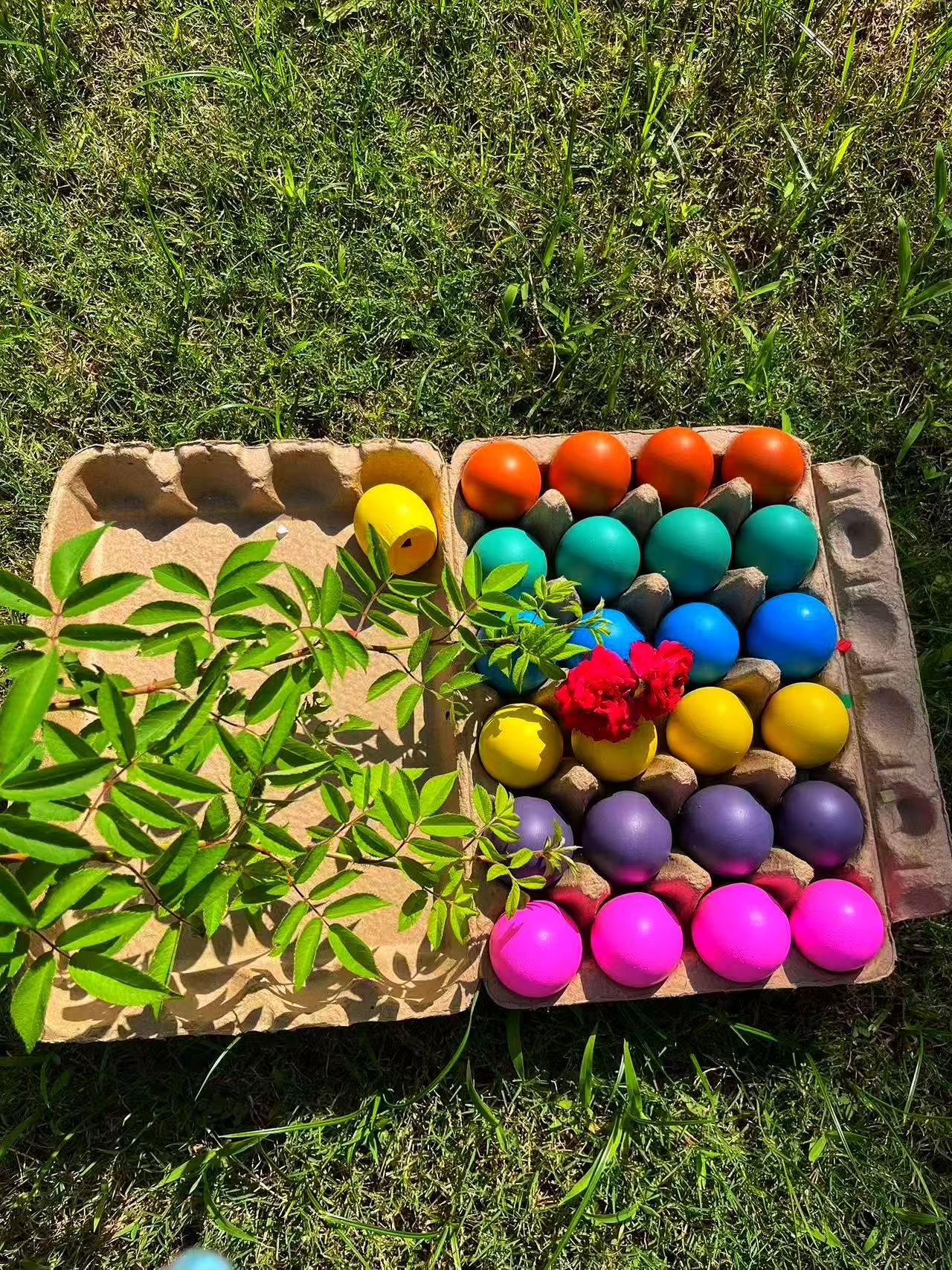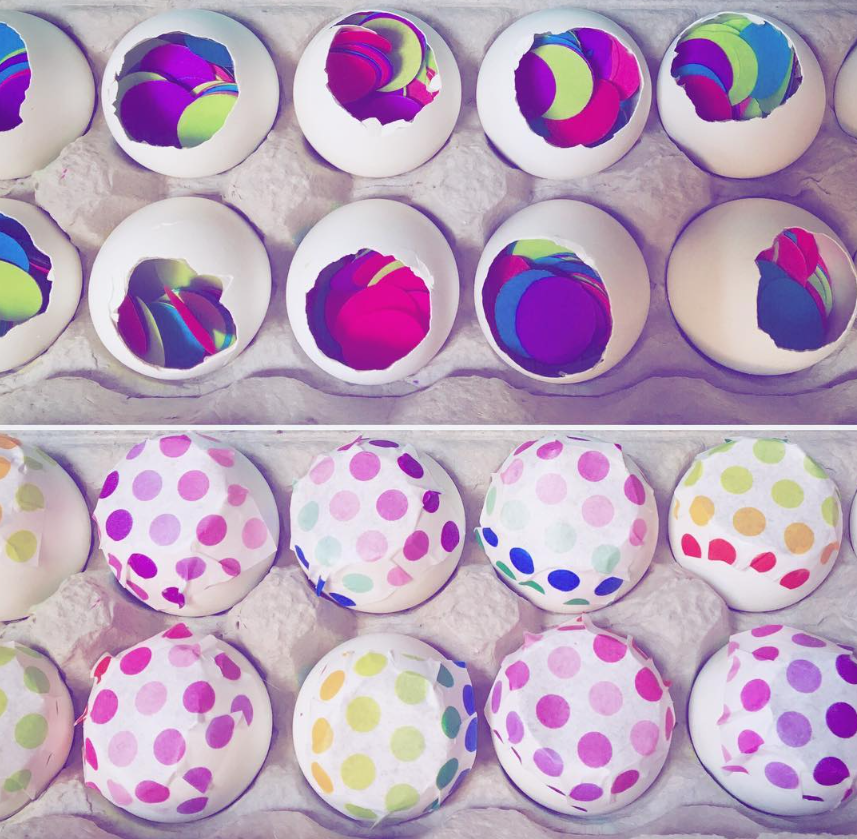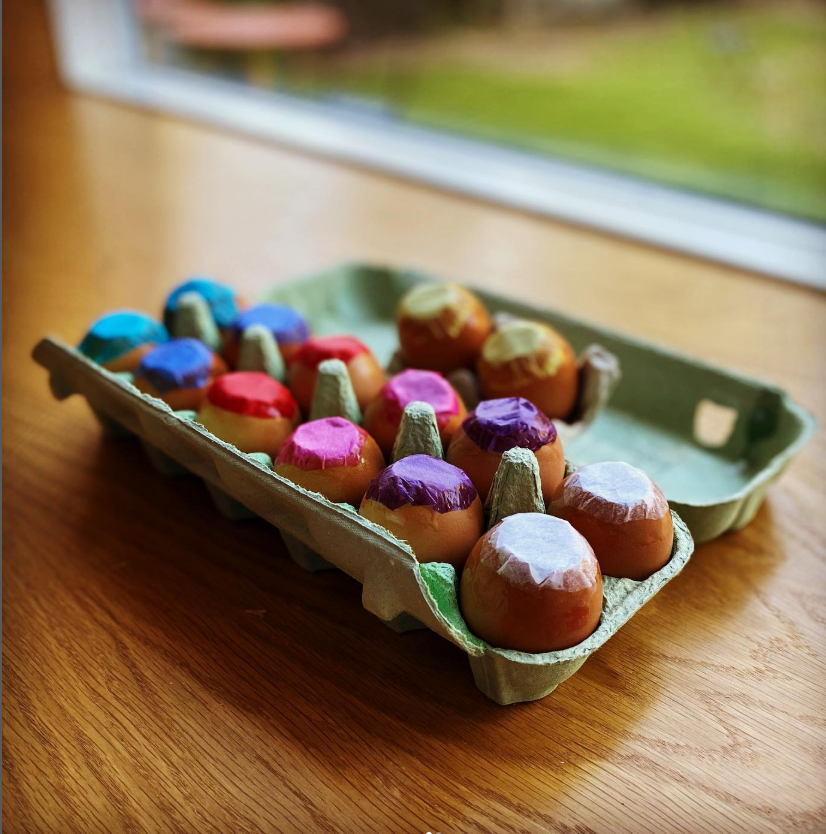
Cascarones, also known as confetti eggs, are a vibrant part of many festive celebrations, especially during Easter, Cinco de Mayo, and birthday parties across Mexico and the southern United States. But did you know these colorful eggs have a rich history that stretches back centuries and across continents?
The tradition of cascarones is believed to have originated in China, where eggs were filled with perfumed powders and given as gifts. This practice was brought to Europe by Marco Polo in the 13th century, where it became popular among the upper classes in Spain. Instead of perfume, people began filling the eggs with fine powders or sometimes small gifts.
When Spanish settlers arrived in Mexico, they brought the tradition with them. Over time, the perfumed powder was replaced with colorful confetti, and the cascarón (singular for cascarones) became a symbol of celebration and good luck. In Mexican culture, it is believed that breaking a cascarón over someone’s head brings them good fortune, while the burst of confetti adds fun and laughter to the occasion.
Today, cascarones are used in many celebrations, from Easter egg hunts to weddings and even gender reveal parties. Families and friends gather to crack the eggs over each other's heads, filling the air with a shower of bright confetti, creating moments of joy that are remembered for years.
The making of cascarones has also become a cherished family activity. Traditionally, eggs are carefully hollowed, cleaned, dyed in bright colors, filled with confetti, and sealed with a thin piece of tissue paper. It is an art that combines creativity, patience, and a love for celebration.
At their heart, cascarones remind us that even the simplest traditions can bring people together, spreading happiness and color wherever they go.
If you’ve never experienced the joy of cascarones, consider adding them to your next celebration. Whether for a family gathering or a large festival, these small, colorful eggs carry centuries of tradition and a promise of laughter and good fortune with every crack.



